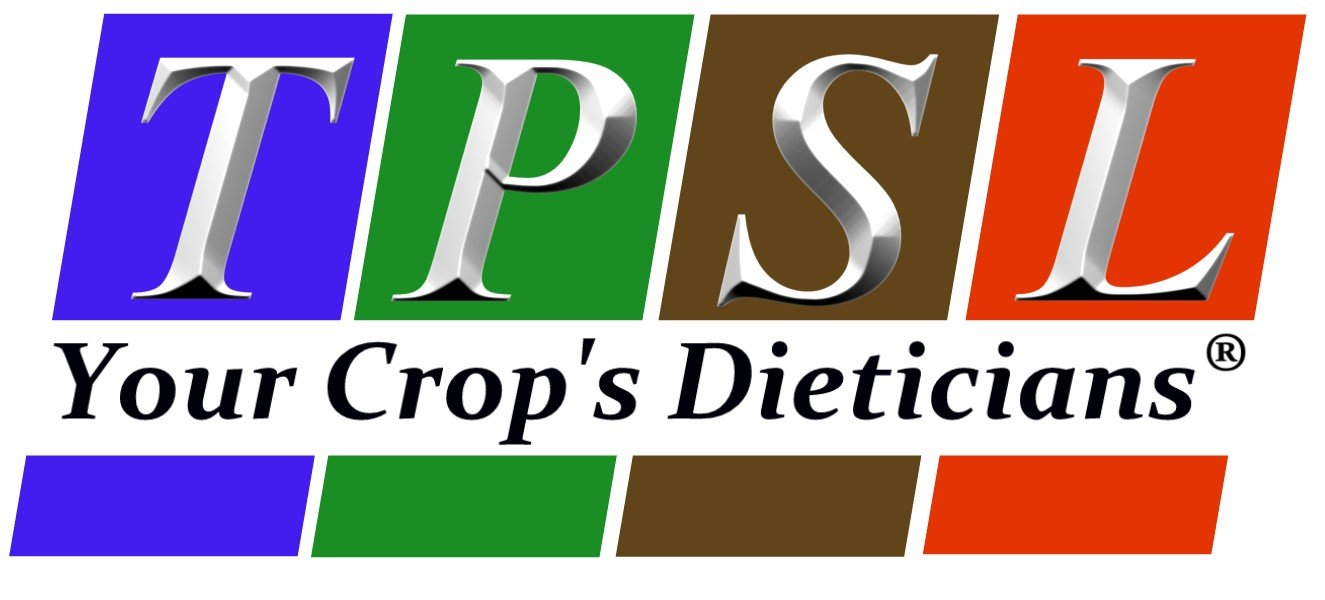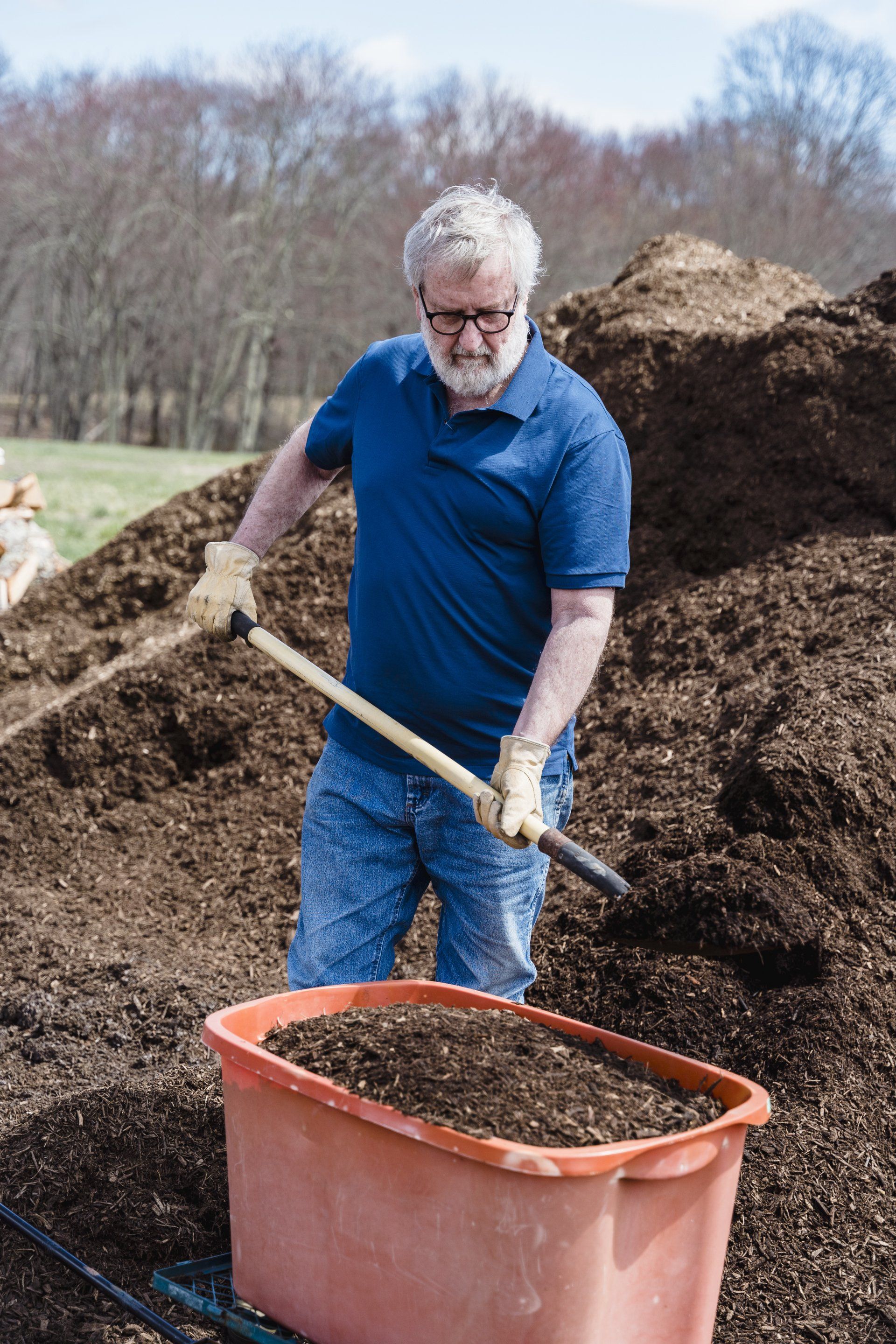Management of Saline Irrigation Water on Turfgrass
Chemical, physical and biological aspects are important for salt management and turfgrass health.

In recent years, many parts of the world have begun experiencing increasingly difficult droughts. This has affected our most precious resource and resulted in higher and higher concentrations of the salts being found in the irrigation water. Salts in irrigation water can be stressful for turfgrass as they contribute to the breakdown of the soil’s structure, increased osmotic stress and reduced nutrient uptake. The symptoms are very similar to drought stress. Because of this, effluent water has become a valuable resource to the turfgrass industry. In fact, what used to be an alternative source of water, effluents are quickly becoming the only source for some growers. This, of course, calls for proper management as some effluents are very high in Total Dissolved Solids (TDS) and can cause some real problems of their own.
In order to properly ascertain the quality of irrigation water, a complete analysis is necessary. A water test will give us a quantitative value of the salt levels which will be expressed as TDS in terms of milligrams per liter (mg/L = ppm). Ideally, your water’s TDS level would be less than 1500 mg/l, yet this is not the only metric we need to consider. We often find that effluent water may contain up to 50% or more of its TDS composition as sodium chloride, which is toxic if allowed to accumulate in the soil. To provide you with a more visual representation of how much salt that is, take a TDS of 1000 mg/l, where sodium chloride is at 50% or more, this equals 1.50 tons of salt for every acre-foot of water applied. That is a lot of salt! The other components included in the TDS measurement are usually comprised of favorable salts such as calcium and magnesium.
Sodium hazards are greater in soils with higher clay content. This is because sodium reduces the soil’s permeability by dispersing clay particles which in turn seal larger pore spaces resulting in infiltration problems long before toxic levels are reached. The Sodium Adsorption Ratio (SAR) is an indicator of how fast harmful salts accumulate in soil. SAR readings of less than 6 are desirable. For those with sandy loam soil, better leeching is possible due to this soil’s naturally better tilth, making it easier to get those salts below the root zone.
Once we have reached high concentrations of harmful salts (sodium, chlorides, boron and bicarbonates) treatment with an orchestrated approach that includes chemical and biological components will be necessary. The most common and cost-effective approach is the application of gypsum (calcium sulfate) to increase the soluble calcium in the soil and help promote the leeching of sodium away from the root zone. This is an ideal treatment that increases the infiltration rate in non-calcareous soils with a neutral to slightly acid pH. Alternatively, extremely acidic soils will benefit from an application of lime. Should your situation be that you have strongly alkaline and calcareous soil, then a better treatment option would be the use of elemental sulfur.
Gypsum can be used on alkaline soils, but the added benefits of sulfur are better in the long run. The conversion of sulfur to oxidized forms that can be used by soil-borne bacteria to form sulfuric acid allows the breakdown of calcium bicarbonate into calcium sulfate while temporarily reducing the soil’s pH and making phosphorous and other micronutrients bio-available for uptake by the turfgrasses. Using gypsum only as a treatment will not produce the same benefits.
The next and equally important part of a complete remediation program includes the use of beneficial soil microbes in the form of soil inoculants or compost teas. These will greatly enhance the remediation or preventive process. Microorganisms release beneficial enzymes, organic acids and chelators that ‘unlock’ tied up nutrients in the soil. With high pH soils, microorganisms will work to break up the tricalcium phosphate, an unavailable for of phosphorous, into Ca++ and PO-4. Being that calcium is stronger than sodium, it displaces sodium ions at the cation exchange site. Through this chemical process, larger pores are created allowing for better air and root penetration and we stimulate better soil structure while flushing toxic salts down and away from the root system.
Continuing research has shown us that the interaction these soil microorganisms have with plants is vital to maintaining healthy turfgrass. Keeping these microbes healthy and thriving in your soil is easy with the use of carbon-based products such as humic acid, fulvic acid, amino acid, etc.… With the application of these types of products you can ensure that the microscopic team that is working day and night for you stays healthy and happy.
We are just now, as an agricultural community, beginning to really understand the many benefits of having a thriving microbe population. Primarily, they help dissolve and supply nutrients that may be otherwise inaccessible to plant roots. Some rhizosphere bacteria, for example, have been found to produce several compounds including plant hormones that help promote growth even under stressful environmental condition such as excessive moisture, salt, heat or cold. Other groups of soil microbes produce antibiotics, biocides and compounds that help reduce the population of not only crop pests like insects, but also fungal or bacterial pathogens. Some studies have shown that the physical presence of large numbers of rhizobacteria around turf roots can act as a physical barrier to root infections caused by pathogens and possibly nematodes. There have always been mutually beneficial interactions between plants and soil microbes. Over the last few decades continuing research has helped us better understand the specific mechanisms of some of these actions.
In closing, while the quality of our irrigation water is in decline, using water and soil testing we can establish a management program to remediate and improve most if not all turfgrass conditions. These tests give us insight into what is happening in the soil and with that information we can develop a plan that is not only economical, but that will also help us achieve our desired goals. It’s important to note that there are other tools available that can work together with soil and water tests to give us more options for remediation. Plant sap analysis, when used alongside soil and water testing, will guide us to a game plan that can help offset some of these poor soil conditions by identifying poor nutrient uptake. A test on the grass itself will show what remediation would work best for the specific stress affecting your turf. A cocktail of balanced nutrients, carbon-based products, organic acids and more can be applied as a foliar spray. In this way, we bypass the affected root system and supply the grasses actual needs, thereby mitigating the stress caused by the sodic soil conditions. Following a ‘big picture’ approach that considers chemical, physical and biological aspects is essential for successful salt management and turfgrass health.



